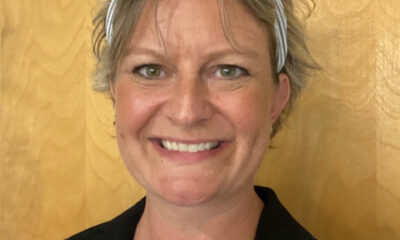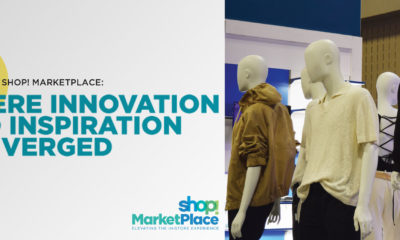Like many retailers, The Kroger Co. (Cincinnati) has been introducing energy-efficient systems into its grocery chain for decades and responding to environmental concerns, such as eliminating ozone-depleting refrigerants from its stores. “Back then, ozone was the big issue,” says Ken Pray, Kroger’s director, store design. “The term ‘green’ hadn’t even entered the conversation yet.”
But consumers have been hearing more and more about global warming, rising energy prices and contaminated food sources. And Kroger executives began to see a shift in public awareness and an expectation about how a modern-day retailer should operate in today’s global community. “We’re now more aware that it’s a priority for our customers,” says Pray. “They expect us to take some leadership and to tell them what we’re doing.”
At the same time, Kroger was watching many of its competitors, such as Wal-Mart, Whole Foods and Stop & Shop, get credit for opening stores certified by the U.S. Green Building Council’s LEED system by implementing some of the same sustainable store initiatives that Kroger already had in place. “Ultimately, the question for us became, ‘Should we be doing this, too?’ ” says Pray. “We wondered if our competitors were doing this for the good PR, the energy savings or because it’s the right thing to do?”
Those questions, like so many environmental quandaries, aren’t so simple to answer.
The Path to Sustainability
Pray says Kroger spent years thinking a customer chooses a store based on convenience, location, price and service – not on its environmental attributes. “But that was before Al Gore got going,” says Pray. “That really brought the conversation mainstream.”
While price and service will always remain priorities, now, Pray says, green has become a viable consideration with customers. They not only want to know about a store’s energy-saving features but they’re also aware of why the lights dim when ample sunlight is coming through skylights and why concrete flooring that doesn’t require stripping or waxing is a greener choice.
But does it drive customer behavior? “There are scientific data that say there’s going to be a quicker return on investment and green design will ultimately save you money,” says Randy Sauer, senior associate at MulvannyG2 Architecture (Portland, Ore.), which is working with Kroger on a Fred Meyer renovation in Hawthorne, Ore., that’s seeking LEED certification. “But there are not enough data yet to say if it will directly relate to higher sales.”
Kroger was already more than halfway through the design phase of its Fred Meyer remodel when it told MulvannyG2 to halt the project and look for opportunities to add sustainable design elements to the space. “Initially, the conversations were very broad-based,” says Martin Segura, an associate at MulvannyG2. “Kroger said LEED certification wasn’t a priority.” But MulvannyG2 used LEED as a framework for addressing such issues as energy systems, materials and resources, water consumption and site-selection. “Some low-hanging fruit came to the forefront right off the bat,” says Segura, such as parking spaces for bikes and alternative fuel vehicles.
“At one point, Kroger asked me to do a gap analysis between what it was already doing and what would be required for LEED certification,” says Segura. “When Kroger realized how close it was, it decided to go more in-depth and pursue LEED.”
Sauer credits Kroger’s upper management for making sustainability a part of the company culture. “Typically, this type of movement is grassroots and it’s an uphill battle to get the education out there,” he says. “Kroger stepped up from the top and said, ‘We need to be more proactive about this.’ ”
Leading the way
Construction on the Hawthorne store will begin this fall and is expected to open in the summer of 2009. As of September, the company was still accepting contractor bids on the project.
Designs call for the remodel to include native plantings to offset water runoff in the parking lot. An employee bathroom and shower will be added to accommodate workers biking to work and the company will organize a carpool to promote ride-sharing, all designed to reduce carbon emissions.
Inside the store, more insulation will be added for energy efficiency and low-VOC materials will be used to address indoor air quality. Larger windows will be installed to increase natural daylighting.
While this green story is still unfolding, Kroger knows it’s more important than ever to share it with its customers. Just a few years ago, it published its first public sustainability report online, outlining the company’s efforts to reduce energy consumption and waste.
“Energy is such a hot issue and we can be sustainable and build some good will through our sustainability efforts,” says Pray. “That’s about as good as it gets.”
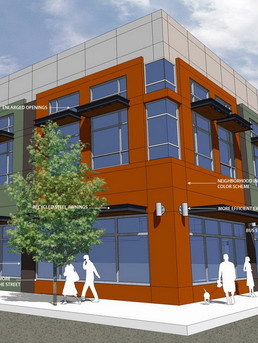
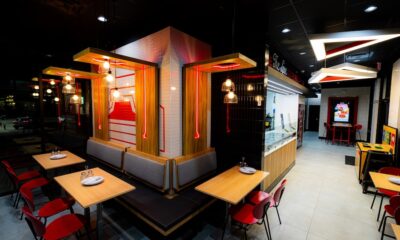
 Headlines1 week ago
Headlines1 week ago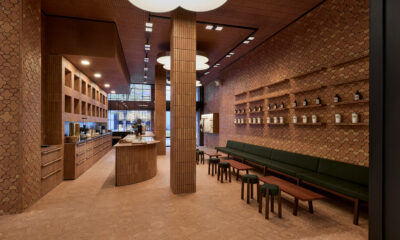
 John Ryan2 weeks ago
John Ryan2 weeks ago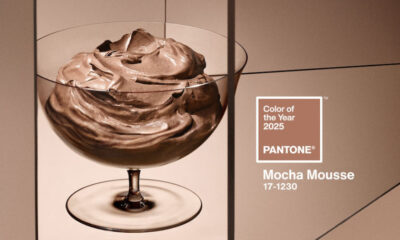
 Headlines7 days ago
Headlines7 days ago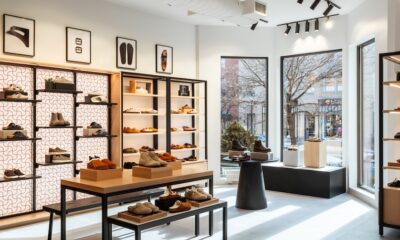
 Headlines2 weeks ago
Headlines2 weeks ago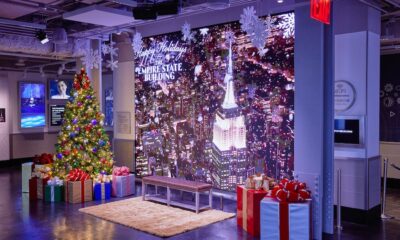
 Headlines1 week ago
Headlines1 week ago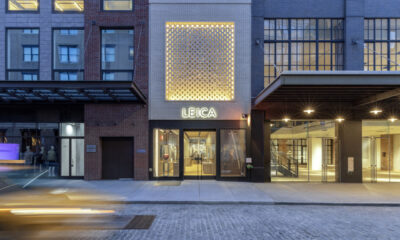
 Retail Buzz3 days ago
Retail Buzz3 days ago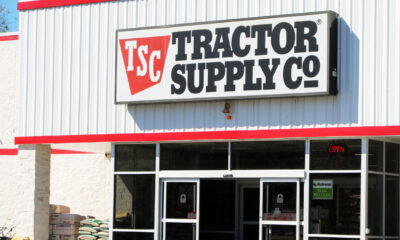
 Headlines1 week ago
Headlines1 week ago
 Headlines1 week ago
Headlines1 week ago




